

As the name suggests, purpose of sports vision training is to enhance athlete’s visual abilities. 80% of the information gathered by a sportsperson while playing is through the vision sensory route. Sports vision training is aimed at improving aspects such as hand-eye coordination, dynamic visual activity, visual reaction time, peripheral vision, depth perception and tracking focusing.
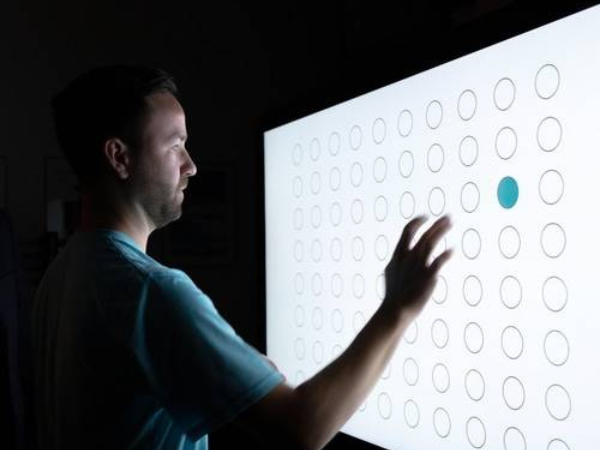
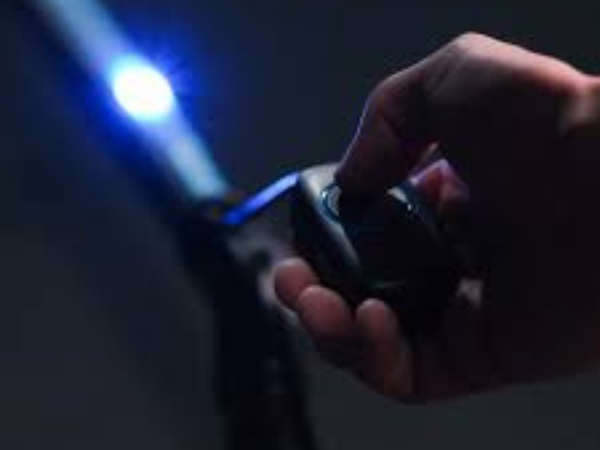
Perceiving the visual stimulus is just half of the task, responding to it effectively in as little time as possible is what determines how efficient your reaction was. Reaction light training provides various visual stimuli, each stimulus is assigned a particular task. The reaction light training system works on improving the time taken in the processing of a stimulus and works on' improving your reflexes over time.
Basically adds resistance to our vision making it tougher to collect information via the visual sensory route and thereby making the trainee act more on his/her anticipation. This technology has various modes that function at different levels of intensity, based on the trainee’s ability. This technology provides us with a pair of glasses which have lenses that flicker between opaque and transparent. Training with flickering glasses will result in reduction of brain’s dependency on vision and significant enhancement of anticipation based on the slightest movement of the opponent.
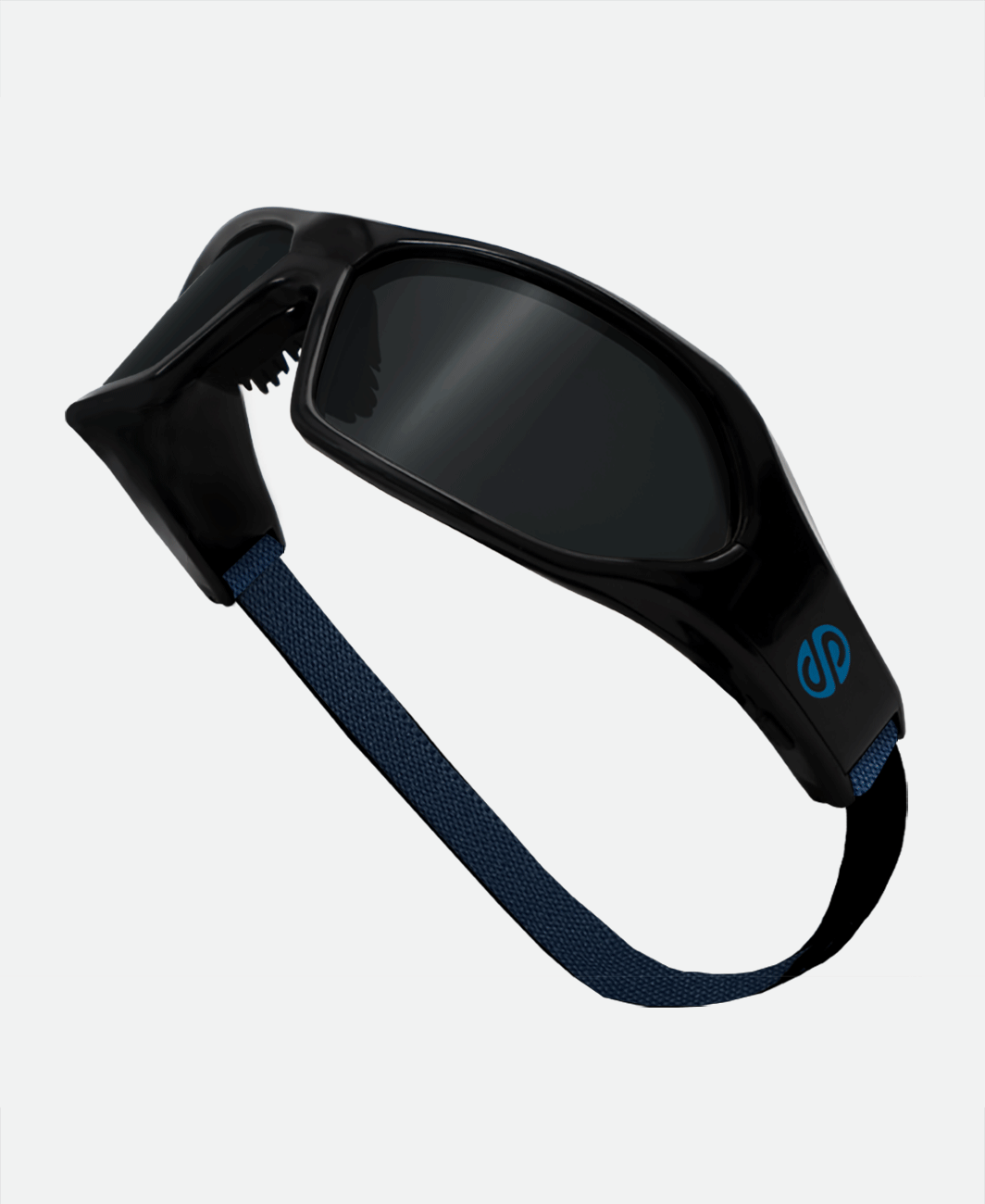

3-D Perceptual Cognitive training tool that challenges you to track multiple targets moving in 3D space. It intelligently adapts difficulty at every step, building-up your mental abilities with optimal efficiency. When playing, an athlete needs to track multiple things at once – such as the ball, the opponent, the placement zone, maybe even their teammates in case of team sports. Training in this technology is aimed at tracking these multiple targets more efficiently. It also increases processing speed in decision making, which allows more time to make a calculated risk while avoiding costly mistakes.
The headset has 4 sensors based on dry EEG. These sensors track the neural activity and provide feedback about the same in real time. The headset also emits an infrared light in your brain that tracks the blood flow and oxygen level in your brain anytime you are performing a task. This technology is used to improve the attention span, both quantitatively and qualitatively. It is also employed to assess under what conditions an individual struggles to hold or build focus and what verbal and non-verbal cues elicit a positive response in the individual.
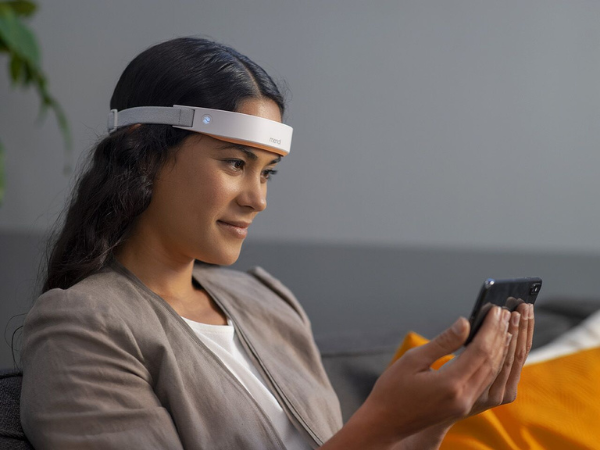
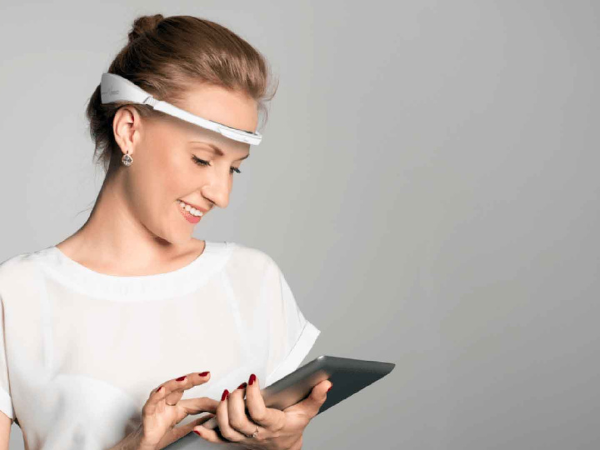
This technology again employs a headset which has 4-6 sensors. It can analyze as well as train your attention, decision making, spatial orientation and spatial ability. It can track mental activity, mental workload and attention span as well. This device also gives us real time feedback about what brain wave form is activated at any given moment. We can use this to train the athlete to enter the desired brain wave form at specified cues.
It works really well with people who have issues with attention and don’t know when they are losing it and how to regain it. These are transparent goggles connected to sensors placed on temporal, parietal and occipital lobes and track your mental activity through EEG technology. Assumingly, with these goggles, you are trying to focus on something, as long as you have focus, the glasses remain clear and when you start to lose focus the glasses start getting tinted and once you regain your focus, the glasses will become transparent again. It works on the NASA algorithm of which brain wave form is activated in a state of high focus.
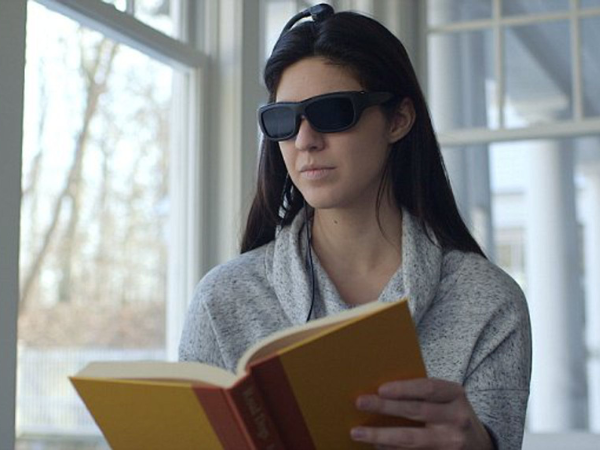
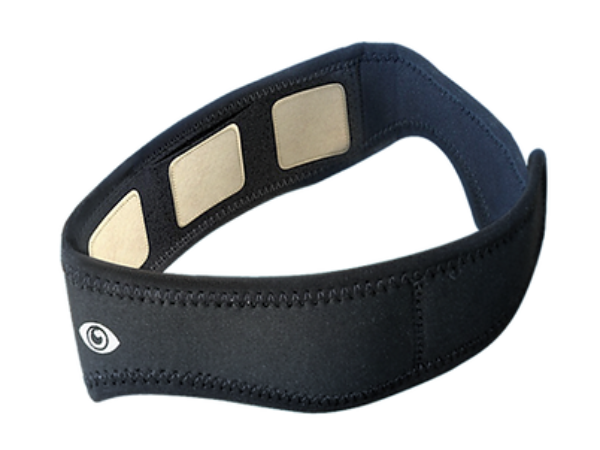
This is a relatively new and ground-breaking technology. It allows us to track an athlete in terms of whether they are in analyzing state or processing state of brain functioning in real time while they play. It also allows us to track elements of focus like flow state, quiet eye state and even Mushin State. Flow state is a mental state in which a person is completely focused on a single task or activity, quiet eye state is defined as the final fixation or tracking gaze at a task-relevant location prior to the initiation of the final phase of the movement and mushin state is a state which is described as the absence of discursive thoughts like anger, frustration or fear. This gives us on the spot feedback about how their levels of focus fluctuate and how they can maintain them.
This technology is a brain fitness tool that measures brain signals much like a heart rate monitor senses your heartbeat. Headband’s 7 finely calibrated sensors – 2 on the forehead, 2 behind the ears and 3 reference sensors – are used to detect and measure the activity of your brain. Headband detects a range of brain electrical activity and transforms it into easily understandable experiences. The app transforms raw brain signals into many different components - noise, oscillations, non-periodic characteristics, and transient and event-related brain events. Signal processing and machine learning techniques are applied to the brain signal components to control the experience in real time
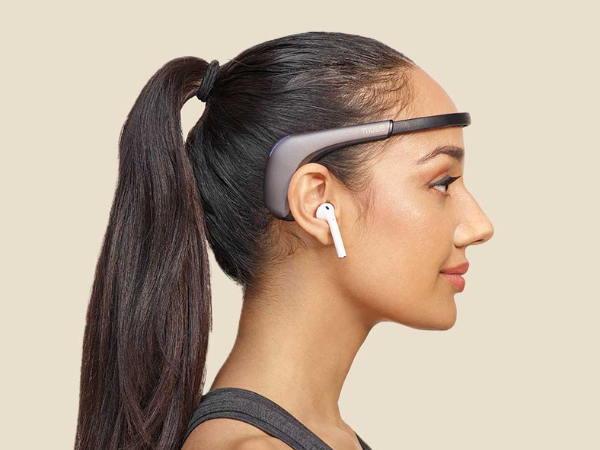
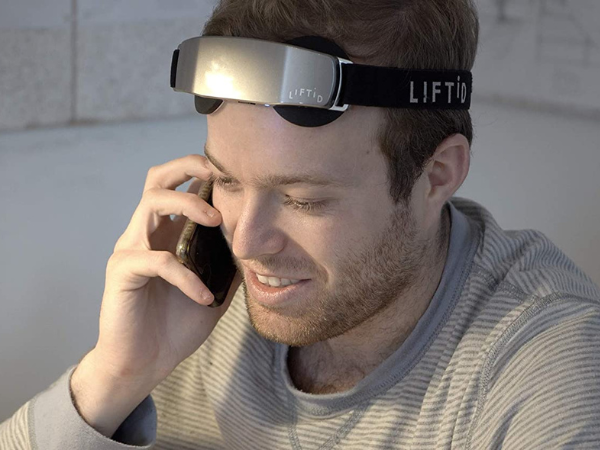
This is called Transcranial direct current stimulation (tDCS). tDCS emits low intensity currents into the brain. These electric currents are therapeutic in nature and are 100% safe. This technology is not used for individuals with a history of seizures, epilepsy or migraine. Using this technology, the speed of the brain can be increased up to 10x times, thus decreasing the time taken to learn. Using Neurostimulation for 20 minutes a day trains the brain to maximize attention, focus and alertness, putting the headset user in the right mindset to accomplish tasks and perform at a higher level. Studies show that tDCS alters brain function by increasing blood flow, enhancing neurotransmitter release and activating neurons. This technology can be used for instances of games that require enhancement of the learning process and muscle memory to perform a task perfectly. The headset amplifies the neural pathways involved in performing the task thereby increasing the player’s neuroplasticity.